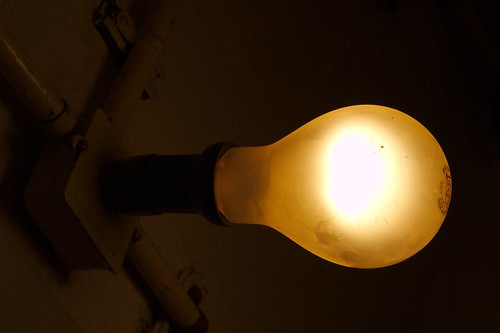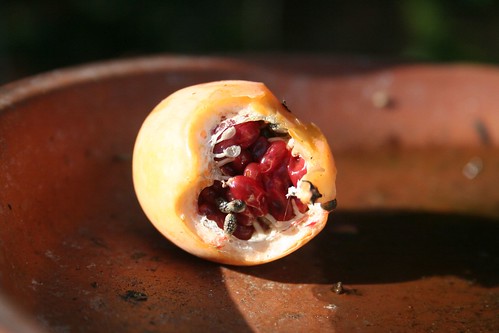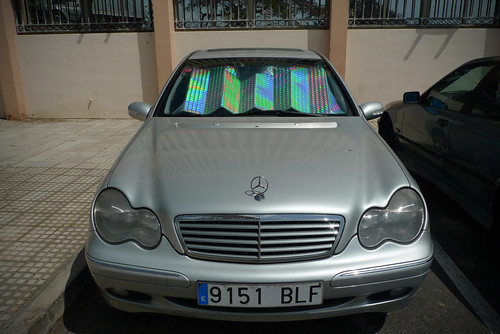Students who are curious about the universe often jump at the chance to participate in science fairs. These events, typically held at least once a year in schools, provide an opportunity for a student to conduct research, plan for how to carry out the project and learn how to obtain the required materials.
Science fairs also give students a practical introduction to the scientific method, in which students must test their hypothesis and carefully record the data before reaching any conclusions. They also have to set up the project and document your procedures so that other people can test your results by repeating the work they did.
Participation in a science fair requires students to effectively communicate the results of their work through images and words, as well as the items used to make the project. Learning to communicate scientific information to the public by presenting data to teachers, fellow students and family members helps students become scientifically literate, because they must understand what the project is about before they can explain it to others.
Here are three science fair projects that can help students learn more about the physical world.
Simple Generator

Building a simple generator for a science fair project is a great way for students to learn about electricity. To do it, you begin by making a box with one open end out of cardboard, and then you place a large nail through the center of the box. Next, you clamp magnets around the nail and spin them to verify that they can spin freely.
Remove wire from a solenoid valve’s core, tape one end to the side of the box and wrap the wire around the box for 250 turns. Connect both ends of the wire to a small light bulb to complete a circuit. When you spin the magnets inside the coiled wire, you generate electricity that will power the light bulb.
How Many Seeds Are Produced by Different Fruits?

Students are familiar with seeds from different fruits, such as the black seeds that they spit out while eating watermelons or the tiny seeds that dot the exterior of a strawberry. But have they ever wondered how many seeds are produced by different fruits?
To make this science fair project, gather a variety of fruits and use a knife to cut them open (under appropriate supervision). You make a list of each fruit on a sheet of paper and note how many fruits you are using.
Counting all of the seeds found in each piece of fruit and dividing it by the number of fruits gives you a measure of each fruit’s average seed production. You can then think about the meaning of your results, noting whether similar fruits have similar amounts of seeds and seeing which fruits are the most productive.
Effectiveness of Automobile Sunshades

The sun’s rays can damage the interior of a car on a hot day, so people often use sunshades to protect it. However, that doesn’t mean they’re necessarily effective.
For a science fair project, work with three identical cars and use two types of sunshades: one made with plastic air bubble insulating material and another that uses reflective foam. The third car has no shade and serves as the control.
After parking the cars in the sun and closing the windows and doors, you check the temperature on each dashboard using an infrared thermometer every two hours until the sun goes down. Recording the data enables you to see which car heats up the least, and therefore which sunshade is the most effective at blocking heat.
Science fair projects are a great way for students to learn about how the world works, as well as potentially gain some recognition from teachers and fellow classmates. They may even spark a life-long interest in science that could lead to a career and an opportunity to contribute to our collective knowledge.
Originally posted on January 23, 2013 @ 7:36 pm